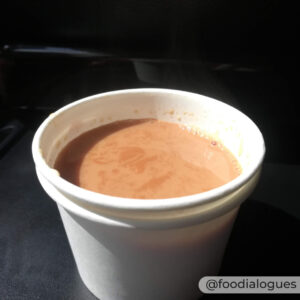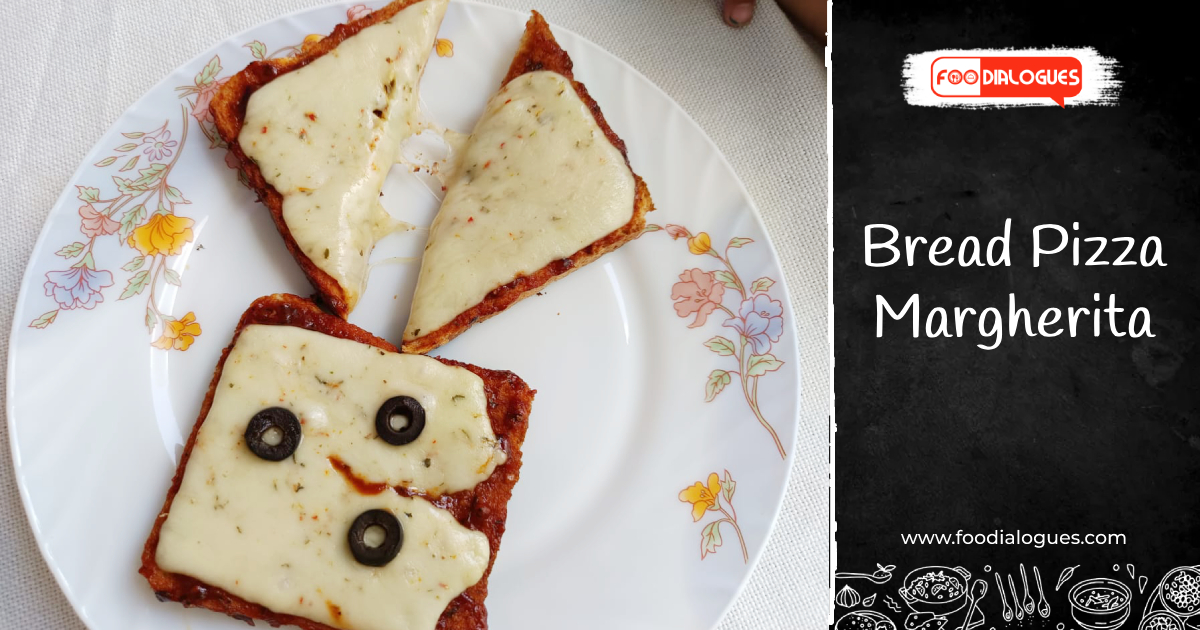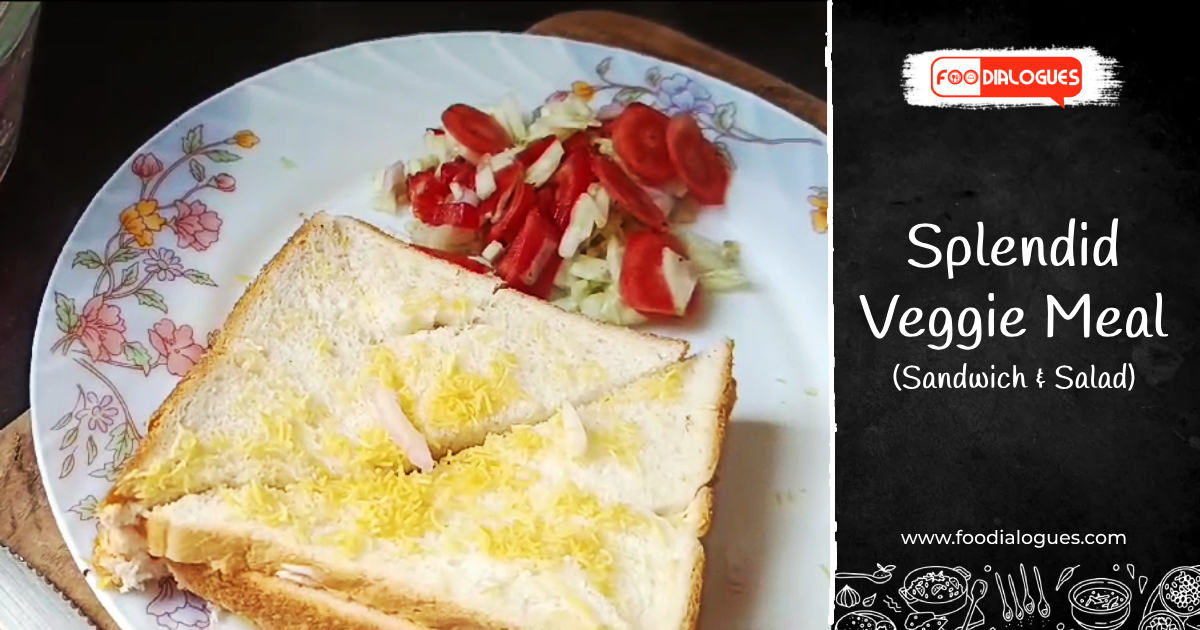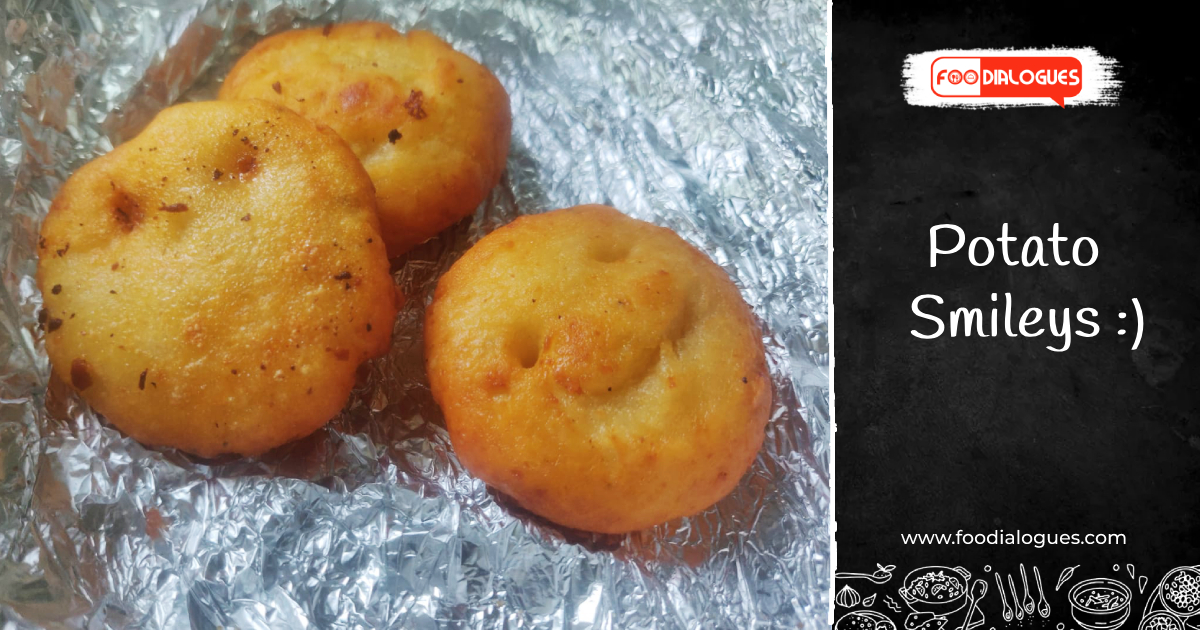An iconic union of Bun and Butter that’s so unique and addictive in taste.
During my recent visit to Bombay, I discovered a new craze amongst my grandchildren……yes, it’s the lip-smacking Brun Maska on a leisurely Sunday morning drive. My princess gets up all sleepy-eyed and urges her father to take her out for the magical bun. I quickly joined in too, wondering all the time what could be so different in a bun. My son stopped at an Irani Café. Our Car bonnet was soon loaded with Bun Maska, Brun Maska, Kari biscuits, and cups of hot sweet creamy Irani chai.
A bite into the Brun or the Gutli Pao … a local bread that’s so unique to Mumbai—crisp, hard and crumbly on the outside and soft inside, slathered with generous portions of butter and an occasional sprinkle of sugar was just too delicious.

Another variation is the classic Bun, with cloud-like texture, a brown honey glaze, and lavish spread of butter. For the sweet tooth, you also have Bun Maska with jam. I was amazed at the variety and what a simple bun could be transformed into. A delicious Sunday breakfast, standing by the roadside —though I missed the Bollywood scenes of marble tabletops covered with red-checked cloth, wooden chairs all neatly placed on chequered black and white floors, thick Irani biscuits in glass jars, and radio wailing loud music—a vanishing treasure and experience indeed.
A quick question about the café from the aged owner carried us through a fascinating story of these popular Irani Cafes which began as early as the 19th century. History narrates the migration of this population from Iran to escape famine. Their advent into the city of dreams did not disappoint them. The flourishing Parsis who had moved in from Persia 1000 years ago extended a helping hand. Immersed in the thoughts of their homeland they would all gather in the evenings to discuss and exchange news from their families back in Iran and thick sweet tea was a staple during their conversations. This soon turned into a lucrative business and the iconic Irani cafes sprung up. During the Bubonic Plague at the turn of the 19th century, the city cleared cramped streets. Irani tea vendors quickly acquired the corner properties considered unlucky by the Hindus and opened their cafes. These cafes soon became hangout spaces where people could spend time at leisure. Newspapers, Telephone, and the Radio added to the charm. Everything from politics to cricket commentaries was enjoyed by people sipping hot tea with a Brun Maska or a Kari biscuit. Slowly families moved in. They were accommodated on the top floors of the café. Children learned the art of managing the business after school hours. The café telephones doubled up as a public phones and the café also served as the address for the homeless.
The game changed for the booming Irani Café in 1960 with the sprouting of Udupi hotels. Moreover, strict caste and purity codes also impacted the setback. The vanishing act was slow and hastened after the thumping success of international coffee chains. The question of survival loomed largely, and the only option was to evolve with times and upscale which could not be done by all. The next generation had moved on into different careers hastening the downfall.
Some like Café Universal which opened in 1921 joined the process of change for survival. Today it serves Parsi, Continental, North Indian, and Chinese food. Thus, an iconic Irani café was transformed into a multi-cuisine restaurant and bar. The Leopold café which began its innings as a wholesale cooking oil store and then a restaurant was a popular hangout with tourists prior to the 2008 Mumbai attacks. It was the
first site to be targeted and today it is a popular haunt for Indians at Colaba, serving fresh juices, milkshakes, teas, coffees, and cocktails. Its Classic pint beer is a perfect refresher and so is its watermelon juice. People swarm to try their coke float and chikoo milkshake.
Mondegar known for its Mario Miranda Sketches & Vintage Jukebox is popular for its Courteous Waiters, Relaxed Vibe, Best Music, Efficient Service, Breakfast Menu & Perfect Location.
Loaded with history and nostalgic memories we drove back eagerly waiting for the next Sunday and praying that these places of delectable & simple food emerge back to their yester glory.
Iranian Chai Recipe
Irani ‘Chai” is a flavourful tea, a creamy sweet made with heavy cream and condensed milk. The mild hint of spice enhances the taste. Traditionally, the preparation used khoya or mawa which today is suitably substituted with Condensed milk and cream. The preparation is time taking but resulting in a delicious beverage.
Ingredients for Iranian Chai
- Tea powder/leaves 4 tsps
- Crushed green cardamom 3
- Heavy cream 3 tablespoon
- Cinnamon 1 inch stick crushed
- Water-3 cups
- Whole milk2 cup
- Condensed milk 1/2 cup
Preparation Method of Iranian Chai:
- PLACE MILK, CONDENSED MILK, AND CREAM IN A PAN.
- BOIL ON SLOW FLAME TILL CREAMY AND FROTHY. KEEP STIRRING.
- ADD WATER, SPICES, AND TEA LEAVES TO ANOTHER PAN.
- COVER WITH ALUMINIUM FOIL AND CLOSE WITH A LID.
- BRING TO A SLOW BOIL AND CONTINUE FOR ABOUT 20 MINUTES.
- STRAIN THE TEA INTO INDIVIDUAL CUPS AND TOP UP WITH THE FROTHY MILK MIXTURE.
- ADD HONEY OR SUGAR IF YOU WANT THE TEA TO BE SWEETER.
Iranian Chai Pic 1
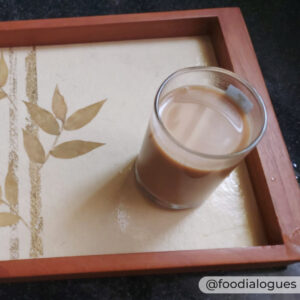
Iranian Chai Pic 2